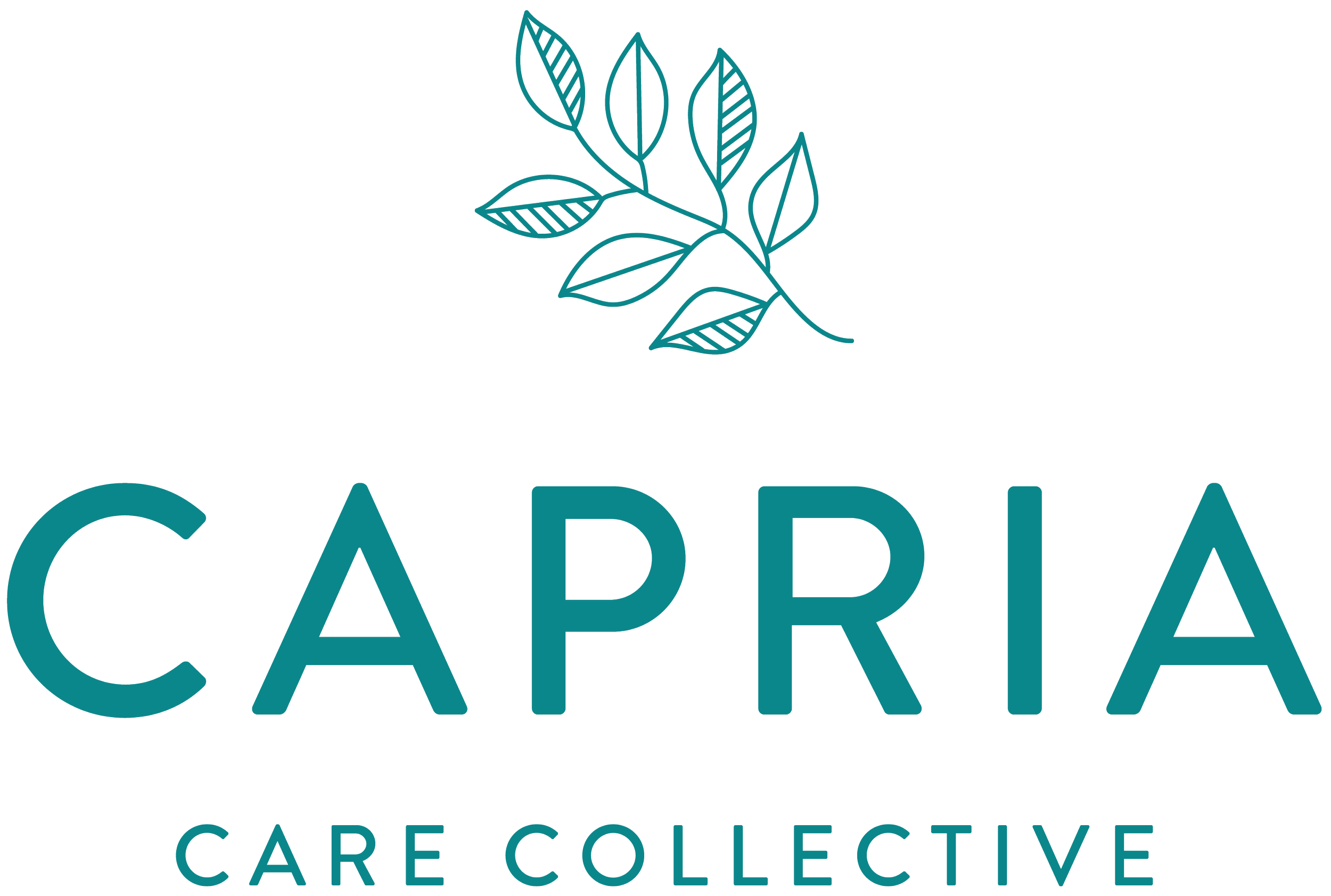How to Massage: EFFLEURAGE
What is Effleurage?
Effleurage is an introductory massage technique and it’s also used to transition between deeper massage techniques – like muscle stripping and treating with the olecranon and ulnar border.
There are severel reasons you might use effleurage and they are to:
Introduce touch
Spread lotion
Warm up the tissues, and
Assess the patient to better understand the four T’s of massage. The four T’s of massage are:
Skin/body temperature
Muscle/facia tone
Muscle or tissue texture, and finally
Tenderness to palpation – which is subjective to the patient
Deep pressure can be more stimulatory than relaxing, so effleurage used as a transition between deep strokes to calm the nervous system and prevent it from becoming overstimulated. During effleurage, you’ll want to remember your principles of massage, which you can refer back to here. In my practice, I move slowly through effleurage to create a relaxing effect, but, say if I was at a soccer tournament or gymnastics competition and I wanted to keep my athletes awake and stimulated, I’d move through my strokes quite quickly to keep my athlete more invigorated.
With effleurage, relax your whole hand and rest it on the patient’s body, if only your fingers are making contact with the patient, it won’t feel as nice, and you’ll fatigue quickly.
Apply enough lotion or gel to distribute evenly over the treatment area.
I use a combination of Biotone True Balance Massage Gel and Aveeno skin relief moisturizing lotion. The combo, has menthol-ly burst of freshness and there is enough viscosity in the aveeno to treat without accidentally slipping off structures I want to compress. The Aveeno allows me to treat over dense body hair and prevents ripping or tearing from the patient while I work (which feels horrible). The Aveeno on its own is too thick and doesn’t allow for broad strokes. The gel on the other hand, is thin and light but it has a severe drying effect on my hands and forearms over time, leaving them raw and chapped by the end of the day. Combining the two lotions has allowed me to treat as much as necessary without issue.
Apply firm pressure down the back, then release the pressure while maintaining palmer contact with the patient’s body. Releasing your pressure on the upstroke will help prevent you from fatiguing. Move your hands in circular strokes. Start superficially, then let your pressure become deeper and deeper as the tissue warms. In general, it’s best to start from the proximal region of the body – closest to the torso, then move distally away from the torso. Once you’ve treated the most distal area, push the oxygenated blood back to the heart working from distal back to proximal.
While you’re working, try to think of the muscles or structures that are beneath your hands. Try to remember where they originate and insert. If you know, start your stroke from the origin and massage towards the insertion. Notice the muscle tone beneath your hands and pay attention to the textures you feel in the tissue. As you become a more experienced practitioner, you’ll be able to differentiate between tight, ropey, bumpy, crunchy, boggy and so much more.
Capria Care Collective is taking new bookings, so if you’ve been looking for an RMT in Coquitlam who will follow the principles of massage and treat using effleurage, look no further!
